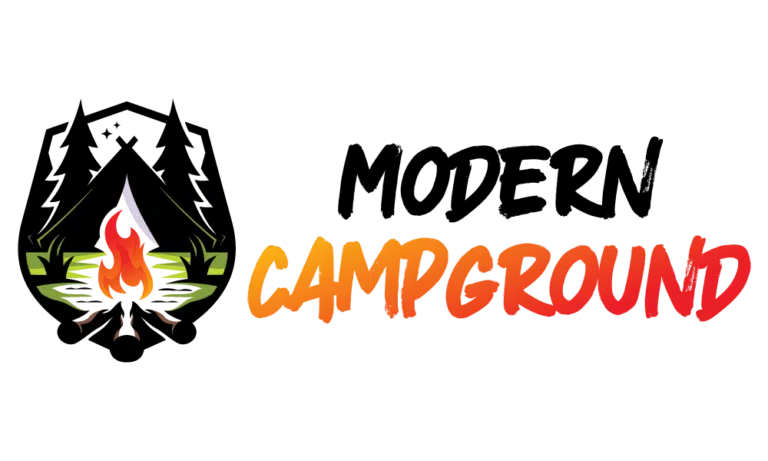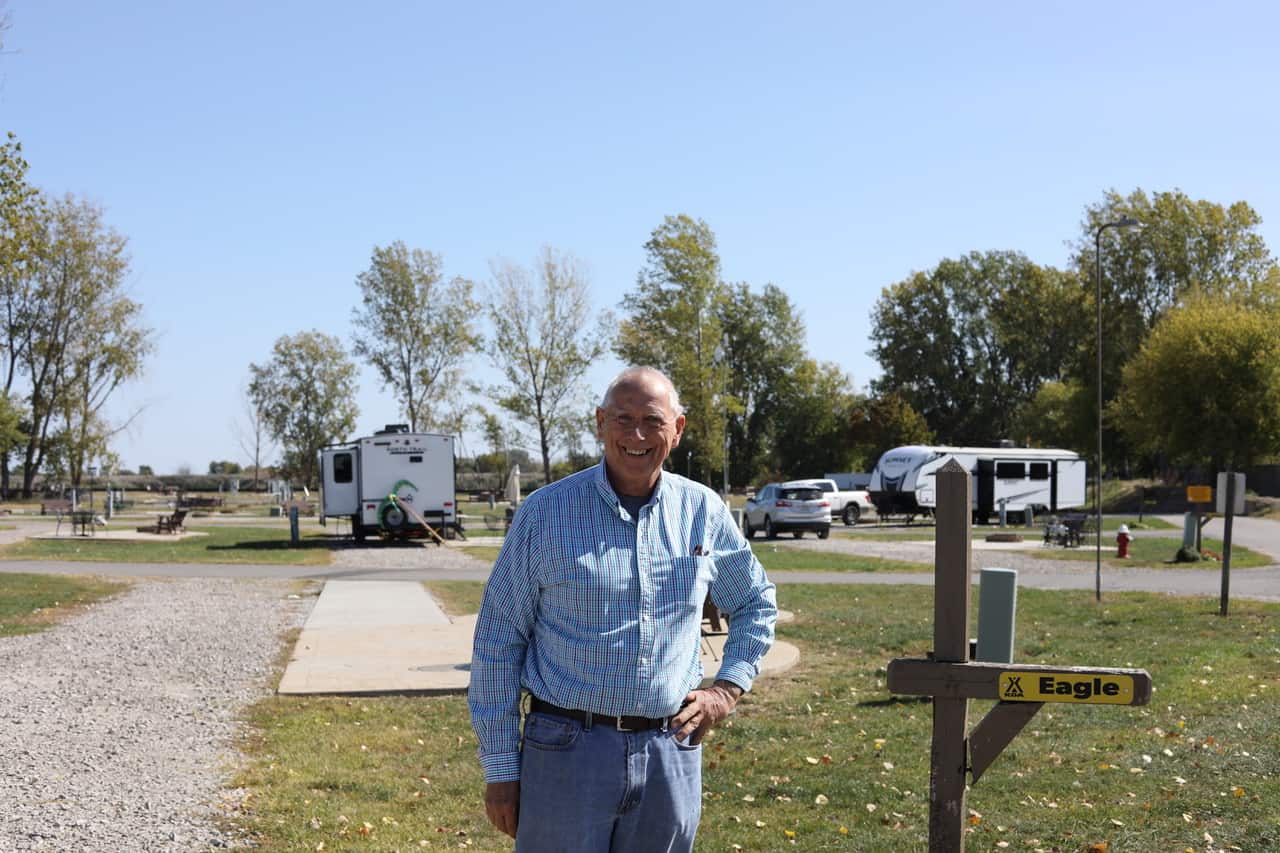This article is sponsored by Jeff Hoffman Consulting Solutions. With more than 50 years of experience building, buying, and managing campgrounds of various sizes and styles, Jeff specializes in providing financial expertise for small to medium-sized campgrounds. Contact them for more information at (419) 656-1921 or visit www.jhconsultingsolutions.net/.
Just ignore depreciation, since it’s a non-cash expense. Does this sound familiar? I’ve definitely heard it before and it’s truly bad advice. Ignoring depreciation, you could eventually end up in a cash crisis you won’t be prepared to handle. Let’s take a closer look.
As you likely know, depreciation is the cost of wear and tear. Technically speaking, it is worn on machinery, building structures, functional obsolescence, degradation of infrastructure, and changes in market forces. Inevitable, right?
The only time you can view depreciation as a non-cash item is when valuing an operation or business. In that instance, it is a one-time look at the value of the asset or business at that exact point in time. From there, depreciation begins.
If you are not setting aside cash to cover the amount of capital asset depreciation, you are going to be borrowing in the future to replace the capital assets.
Here’s a simple example: you purchased a new lawnmower for $9,000. The lawnmower has an actual useful life of ten years (when it no longer works). The lawnmower has a depreciation life of five years under the IRS code section168, and your depreciation allowance will be $1,800 per year for five years.
This brings your book value of the lawnmower to $0 dollars after five years. Your income statement over the last five years has shown a deduction of $1,800 for the last five years. Your year-end profit is $50,000 for the last five years.
Great job! Now the cruel part of accrual accounting or cash accounting.
You have fully depreciated the lawnmower on your books. The value is $0, but good news, the lawnmower still has a real useful life of five more years. So, you have a lawnmower that is fully paid for and fully depreciated, showing no cost to your income statement (except repairs) for the next five years.
Here’s the problem. After ten years, (five depreciated and five free) the lawnmower needs to be replaced. The lawnmower is now priced at $12,500 after ten years of inflation. Where are you going to find the money to pay for the new mower? Your operating income over the last 10 years has been $50,000 X 10 years plus depreciation of $1,800 for 5 years, for a grand total of $509,000.
Purchasing a mower for only $12,500… should be a piece of cake, right? Just write the check.
What, you don’t have $12,500 in your checkbook to spare? WHY?
Have you ever found yourself in this situation? The answer is, although we account for depreciation, the accounting system we use does not account for future cash needs. The $509,000 you made over the last ten years is not the cash flow. You have used these funds to reduce debt, pay for additional assets, owner draws, and other items that have reduced your cash.
See below:
| Yearly principal deduction | $16,200 |
| Owner’s draw | $15,000 |
| Capital projects | $15,000 |
| Yearly cash outlay | $46,200 |
| Net operating profit | $51,800 |
| Yearly cash outlay | $46,200 |
| Net cash per year | $5,600 |
According to this chart, you should have $56,000 in the bank, easily covering the purchase of the new lawnmower. Business is so easy!
Wait, you don’t have $56,000 in the bank? Why not? Because we are human. Most business owners see the build-up of cash in their checking accounts and believe it is all free cash.
Wanting to reinvest in their operations, they expand, buy more assets, improve buildings, tackling all the things campground owners dream about.
Improving our campgrounds is what we do! So now when we need to replace the lawnmower, we no longer have the cash to pay for the replacement. You knew the day was coming; when you would have to replace the lawnmower, but it was not front of mind and was not planned for. Although you did depreciate the lawnmower, you never set anything aside for capital replacement and now you are scrambling to afford the replacement.
How can you avoid this situation? I suggest a capital replacement account. In the case of the lawnmower, you would need to set up a fund to ultimately replace the lawnmower after its true useful life of ten years.
Your calculation should use some method of cost inflation to determine the replacement cost in ten years. The projected new mower costs $12,500 divided by ten years, giving us $1,250 per year cash which should be set aside for the replacement of the mower. This cash should be set up in a fund and not be touched until you are replacing the mower.
I know this is a simplistic example, but the idea is, you must start funding the replacement of all depreciable assets over their realistic lifetime. Offices, bathrooms, sewer plants, and electrical systems, will all eventually need to be replaced, and this offers a method to fund the necessary improvements
This will give you a better idea of your true cash flow, and what your business is worth to you, the campground owner. Yes, it is an extra level of planning, but it is worth it to avoid needed capital replacements in the future.


